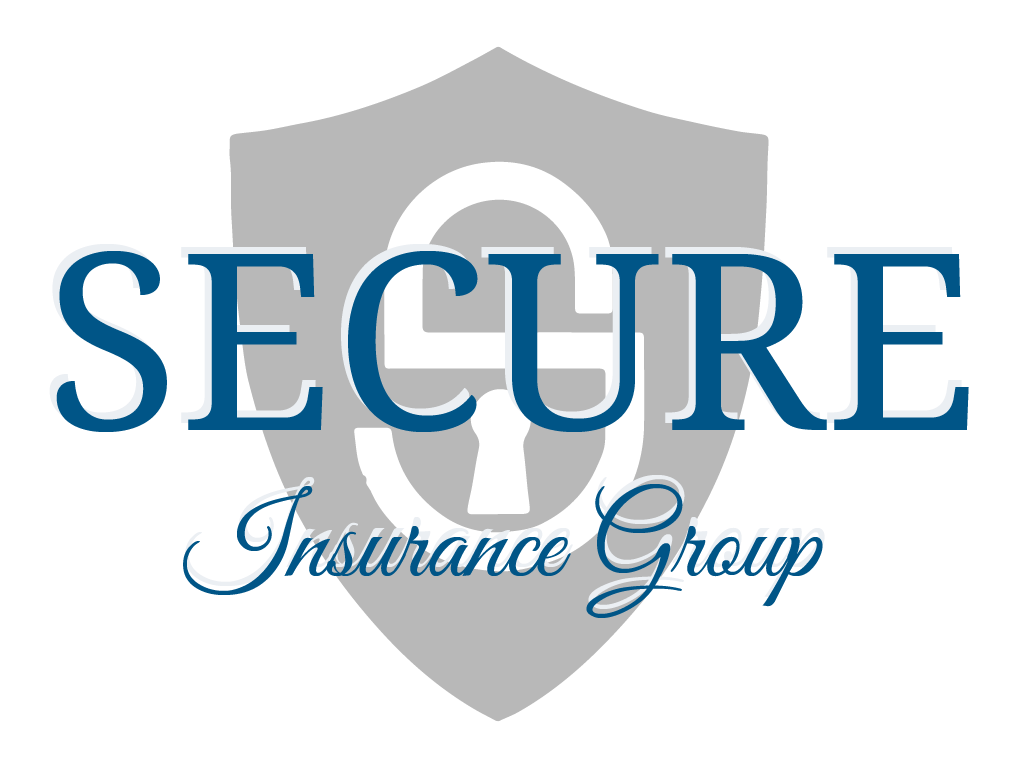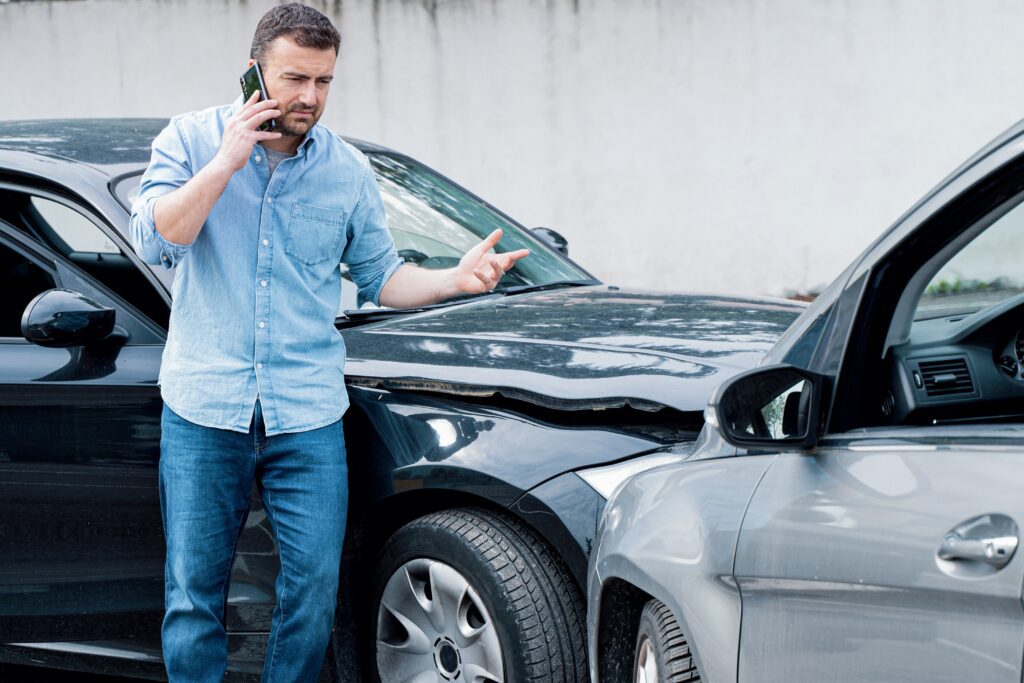Getting into a car accident is one of the most jarring experiences. All it takes is a swerve in the wrong direction, braking a second too late, or being in the wrong place at the wrong time, where things happen faster than you can move the wheel or press the pedal. Regardless of whose fault it is, these are steps you should follow if you ever find yourself in this unfortunate situation.
Useful Types Of Auto Insurance Coverage From Secure Insurance Group
There are multiple types of expenses you could deal with following a car accident. Here are the different types of car insurance coverage you can obtain through Secure Insurance Group and how they can help:
- Collision – covers damage to your vehicle after colliding with another vehicle
- Comprehensive – covers damages from events aside from collisions, such as fires and harsh weather, and it also covers theft
- Property damage liability – if you’re at fault, this will help pay for the damages to the other driver’s vehicle
- Bodily injury liability – if you’re at fault, this will pay for the other driver’s medical expenses
- Personal injury protection – covers your medical expenses, as well as others who were in the car with you
- Uninsured motorist – if the other driver did not have insurance, uninsured motorist coverage will help you obtain compensation since the other driver cannot pay
Documents That Secure Insurance Group Suggests Keeping With You
At Secure Insurance Group, we suggest keeping the following in your vehicle at all times:
- Driver’s license
- Vehicle registration
- Insurance card
These are three key items you’ll need after an accident. Since it is unpredictable as to when an accident may occur, it is best to keep these in a safe storage area in your vehicle (such as the glove compartment). It may even be a good idea to get copies of each type of document.
Step One: Pull Over, Take A Deep Breath, And Remain Calm
If you’re able to, pull over on the side of the road, away from traffic. Put your hazard lights on so that others on the road know that your vehicle has been involved in an accident. You don’t want to interrupt the flow of traffic, and remaining on the road can put you in danger if you get out of the car.
Step Two: Get Medical Attention
Check to see if anyone in your vehicle is injured. If so, call 911 and explain what happened, and give detailed information about where you are so that the ambulance can arrive as soon as possible. If you have a child in a car seat, don’t remove him or her from the seat, as there may be injuries that don’t have outward signs. Instead, let your child remain in the car seat and let a first responder assess whether your child is injured.
Step Three: Call The Police
You want to have all the documentation you can – including a police report. Give the police details about what happened. Obtain a copy of the police report if possible. If not, you may be able to take a picture of the police report with your phone. It’s also important to get the police officer’s name and badge number.
Step Four: Swap Insurance Details With The Other Driver
Your next step is to exchange insurance information with the other driver. It’s critical that you refrain from casting blame or apologizing. Blaming the other driver can escalate an already tense situation, and apologizing indicates guilt, which in turn communicates that you’re at fault for the accident (this is true even if you didn’t actually cause the collision).
Get the other driver’s name and phone number. Obtain the other driver’s insurance policy number and his or her insurer’s phone number.
Step Five: Take Pictures
Take pictures of the scene. Capture each vehicle from multiple angles and distances, and take pictures of the surrounding area. You may also take pictures of your car’s interior if damage has occurred there.
If you’re trying to give a more accurate idea as to the size of a particular area of damage, get an object (such as a pencil, quarter, water bottle, or other common item) and take a picture of it next to the damaged area to provide a sense of scale.
You’ll also want to take pictures of the other person’s vehicle. Include any damaged areas, and take pictures of the license plate. This will also be useful because it will be a way to document the vehicle’s make and model.
Step Six: Contact Your Insurer
Although you’re not required to file a claim if you’re not at fault for an accident, it’s still a good idea to contact your insurer. Provide details about the accident and give them the other driver’s insurance information. This could save you from having to contact the other driver’s insurer directly. Once you contact them, be prepared to send pictures and documents you’ve gathered for the claims process.
Step Seven: Call A Towing Company
At this stage, you will need to get a towing company to remove your vehicle from the road. This is also a time to look into getting a rental car while your vehicle is under repair. It’s a good idea to get roadside assistance and rental car reimbursement coverage, since these can spare you from having to pay towing and rental car-related costs.
Contact Us Today
Secure Insurance Group will always be there for you when disaster strikes. We will work with you to make sure that you get the proper compensation for the damages you suffered. Get the policy you need at the price you deserve, and call us today at 877-871-7328.



